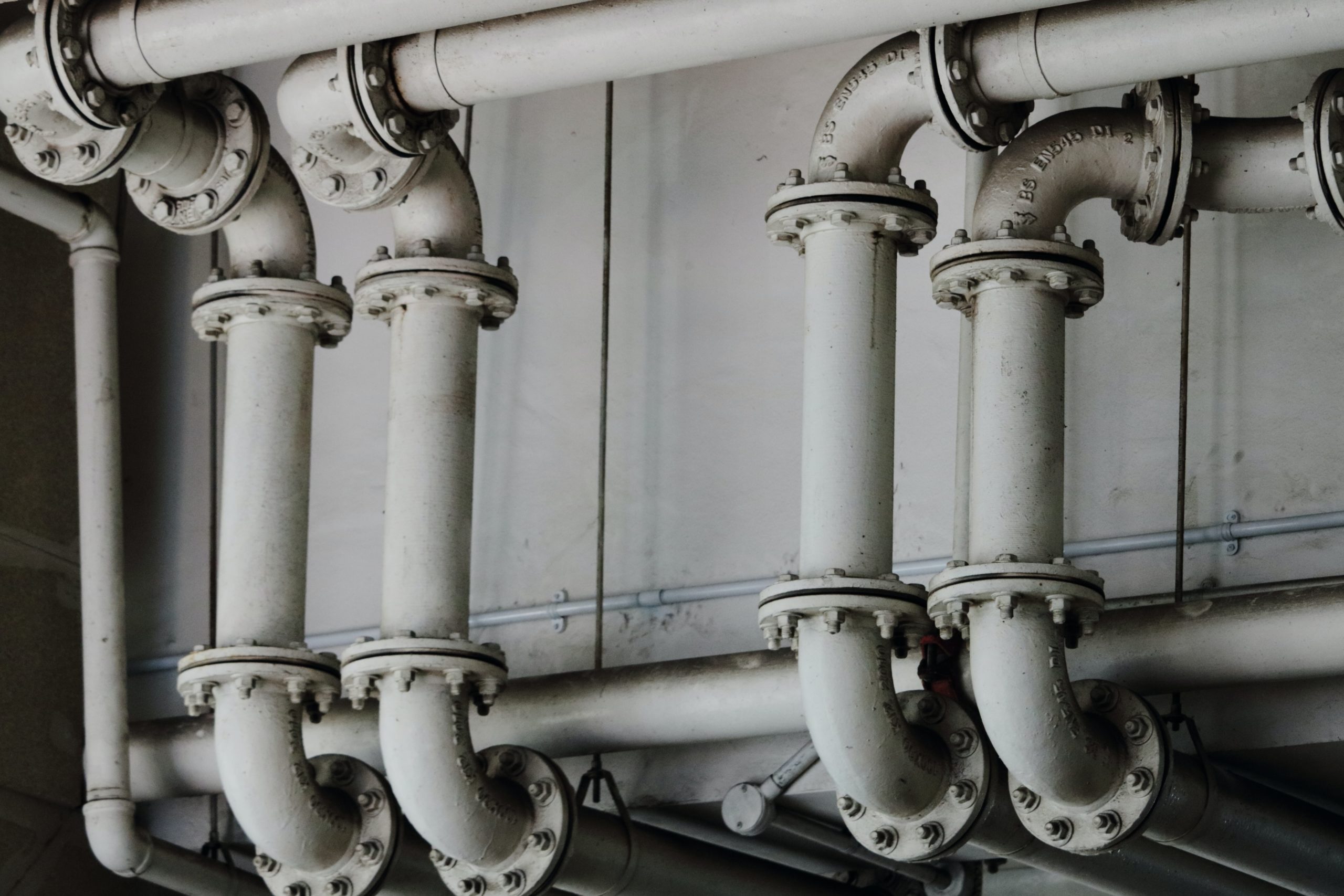Implementing Office Protocols That Reduce Water Usage

This article is the fourth in a series on incorporating water efficiency policies when updating or establishing corporate sustainability goals. Click to read parts one, two, three and five.
With companies beginning to determine the structure of their employees returning to the office after a long period of working from home due to COVID-19, corporate sustainability plans will once again need to be top of mind. While such policies have likely not been the focus over the past year, both consumers and employees will begin to hold companies accountable for what they are doing to reduce their carbon footprint. As we’ve discussed in the previous articles in this series, a report by Refinitiv released just prior to the global pandemic noted a significant rise in water efficiency policies as part of comprehensive corporate sustainability plans – and this trend is likely to continue as climate change and global warming have significantly increased the chances of drought.
Are you looking for assistance brainstorming ideas about alternative water resources or interested in creating a water efficiency plan? Please call us at (415) 351-2227. We will be happy to help!
But while many companies may be working to create or update their water efficiency policies and are starting to determine how they can update their facilities with water-efficient technologies, it is also essential to consider how you can implement office protocols that reduce water usage. Both basic and advanced water efficiency technologies such as low-flow fixtures and ENERGY STAR® appliances will greatly reduce your water consumption, but you must also stop to think about how office products and employee behavior contribute to water usage.
For day-to-day operations consider the following:
- Forgoing single-use plastic water bottles and disposable cups and utensils and replace these products with reusable options.
- Composting food scraps in kitchen areas instead of using the garbage disposal which uses water to operate.
- Sweeping sidewalks and floors rather than pressure washing them.
Once these basic protocols are in place, your company should also work to create a workplace culture that is rooted in sustainability. Your water conservation plan should include an employee education component that highlights ways they can reduce their personal usage.
Also consider:
- Creating an office-wide recognition program for employees who help to create new water efficiency practices and encourage employees to come up with creative ways to save water.
- Including conservation practices in performance reviews for employees in departments like food services and landscaping.
- Urging employees to report leaks and other issues around your facility.
- Discussing your corporate sustainability plan and water efficiency goals at company meetings and report on how you are tracking against those goals.
While these suggestions are targeted at employees that are working in the office, many people are still working from home. Corporations are also implementing policies that allow employees to remain remote or are establishing hybrid models with rotating days. With that in mind educating your employees on how to take similar steps at home is important. You can also consider providing incentives for employees who upgrade their appliances and set goals to reduce their usage at home and hit those goals.
Remember, in order to create lasting change among employees it starts at the top. Corporate sustainability is likely important to your employees, but they haven’t thought about what they can do to help, so management must lead by example. Employees in the office will also likely implement these best practices in their personal lives – further contributing to the impact your company has on reducing water consumption in your community.
For more ideas check out Water Use it Wisely 100+ Ways to Conserve Water.
Read part five.
You can get the latest blogs, podcast episodes and other news straight in your inbox. Please fill out the form below to subscribe to our newsletter.
see more...

The Importance of Corporate...
This article is the first in a series on incorporating water efficiency polici...
LEARN MORE
How to Establish a Corporat...
This article is the second in a series on incorporating water efficiency polic...
LEARN MORE
Updating Facilities with Wa...
This article is the third in a series on incorporating water efficiency polici...
LEARN MOREBLOG CATEGORIES
SUBSCRIBE
FOR LATEST UPDATES
Sign up for our monthly newsletter with our latest offers,hot blogs and much more !


JOIN US
FOR CALL
Lets chat via skype to discuss your questions concerns, and project needs

